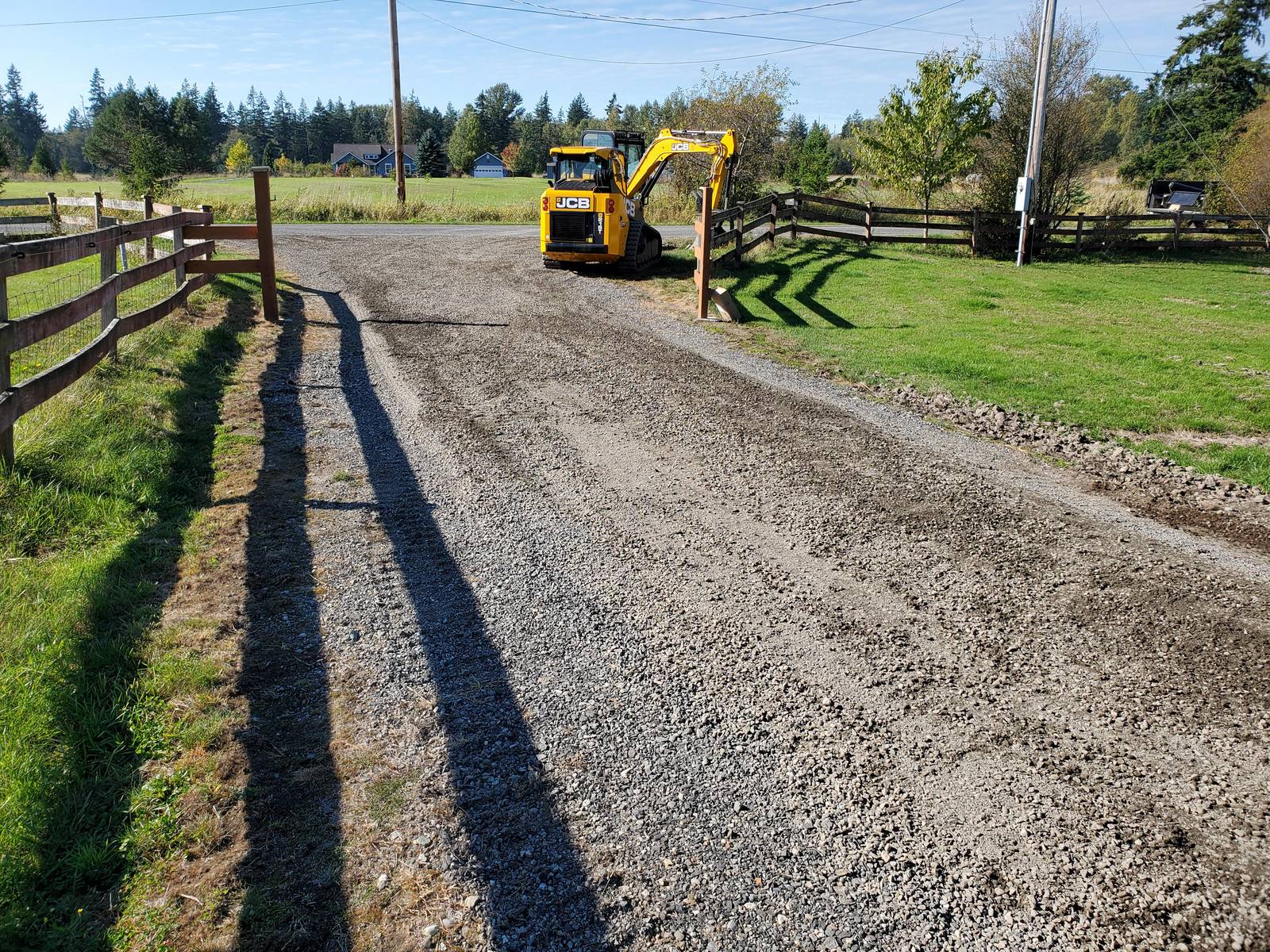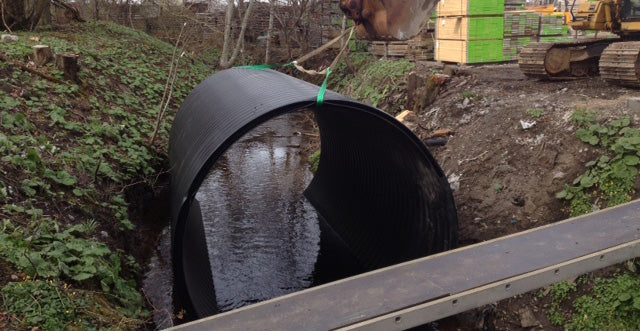Culvert Setup Facilitated: Step-by-Step Guide for Success
Setting up culverts may appear like a simple task, however making certain a successful result requires mindful planning and execution. From choosing the ideal culvert dimension to incorporating appropriate drain actions, each step in the installation procedure plays an important function in the capability and long life of the culvert system. By following a systematic strategy and taking notice of essential details, the installment can proceed smoothly, lessening prospective problems down the line. Remain tuned to uncover the vital steps and considerations that can make culvert setup a smooth and successful endeavor.
Picking the Right Culvert Size
Selecting the appropriate culvert dimension is important for ensuring efficient water circulation and structural honesty in culvert installation jobs - Pad Construction. The size of the culvert straight impacts the circulation capability of water with the framework. A culvert that is also small can result in flooding and overflow, while one that is also big may lead to decreased water velocity, possibly creating sediment build-up and clogs
To determine the appropriate culvert size, variables such as the watershed area, peak flow rates, and hydraulic efficiency requirement to be carefully taken into consideration. Computations based on these specifications aid in choosing a dimension that can sufficiently manage the expected water volume while decreasing the risk of blockages and structural failure.
It is essential to seek advice from design guidelines and requirements to make certain that the chosen culvert size fulfills the task needs and regional regulations (Pad Construction). By selecting the ideal culvert dimension, project supervisors can optimize water flow, stop possible issues, and boost the overall effectiveness and durability of the culvert setup
Preparing the Setup Site
Reliable culvert installation necessitates thorough prep work of the installation website to make certain optimal structural assistance and functionality. Prior to commencing the installation process, it is essential to remove the website of any type of debris, plants, or obstructions that might restrain the culvert's placement. Guaranteeing a level foundation is essential for the proper placement and stability of the culvert. This may entail rating the website to produce a smooth, also surface area that can appropriately sustain the weight of the culvert and any type of expected lots. Additionally, correct compaction of the dirt below the culvert is required to stop working out or changing over time.
In addition, it is very important to take into consideration factors such as soil composition, groundwater degrees, and environmental effects when preparing the installment website. Performing a complete website assessment can assist determine any kind of potential obstacles or risks that may impact the culvert's efficiency. By making the effort to prepare the installation site correctly, you can assist ensure a successful culvert setup that meets structural demands and makes sure lasting capability.
Putting the Culvert Correctly

The quality at which the culvert is placed is vital for keeping a correct incline for water flow. Additionally, the culvert ought to be oriented correctly to ensure that the inlet and electrical Full Article outlet are in the correct places. Pad Construction.
Backfilling and Compacting the Soil
Correct backfilling and compaction of the dirt around the culvert is necessary to make sure stability and avoid potential concerns in the future. When the culvert is properly placed, the following vital action is to backfill the area around it with ideal product. The backfill material need to be devoid of rocks, debris, and natural issue to avoid damages to the culvert. It is suggested to use granular product such as sand or gravel for backfilling, as it gives excellent water drainage and compaction buildings.
Compaction assists in decreasing the possibilities of negotiation and makes sure consistent support around the culvert. It is crucial to small the soil evenly on all sides of the culvert to maintain its structural integrity.
Correct backfilling and compaction not only offer security to the culvert but likewise help in preventing soil erosion and preserving the long life of the culvert system.
Making Sure Appropriate Water Drainage Combination
Integrating effective drainage solutions plays an essential function in the general performance and longevity of culvert setups. Proper drain integration is important for taking care of water flow, preventing erosion, and making certain the structural honesty of the culvert system. To achieve this, it is crucial to design a detailed water drainage plan that thinks about variables such as the volume of water anticipated, the topography of the location, and the sort of dirt present.

Furthermore, incorporating features like disintegration control procedures, such as riprap or plants, can even more boost the effectiveness of the water drainage system. By meticulously preparing and implementing these water drainage services, culvert installations can operate effectively and withstand the examination of time.
Conclusion
In verdict, proper culvert setup is essential for maintaining reliable drain systems. By choosing the best culvert size, preparing the installment site, putting the culvert appropriately, backfilling and compacting the soil, Underbrush Clearing and making sure correct water drainage combination, success can be attained. Adhering to these steps will certainly assist ensure the durability and efficiency of the culvert, eventually adding to the total success of the water drainage system.